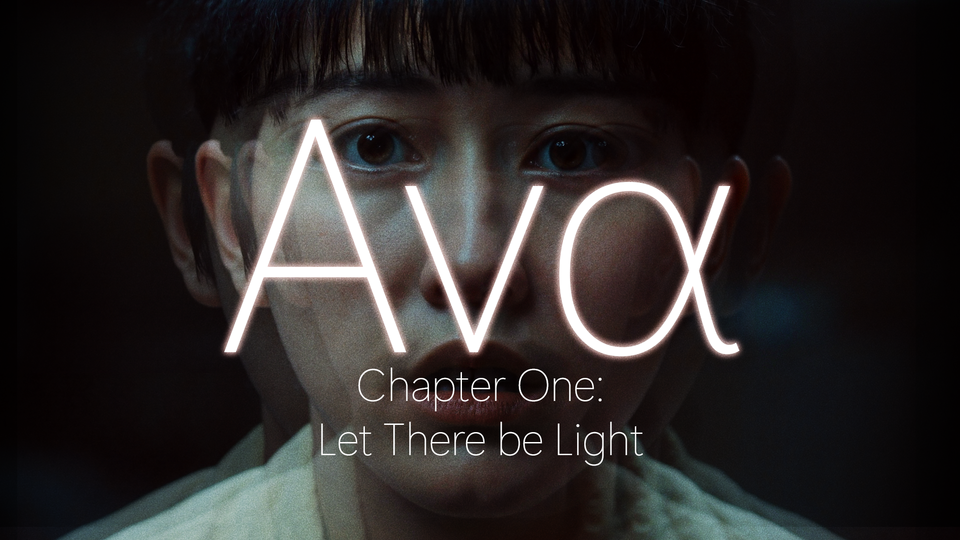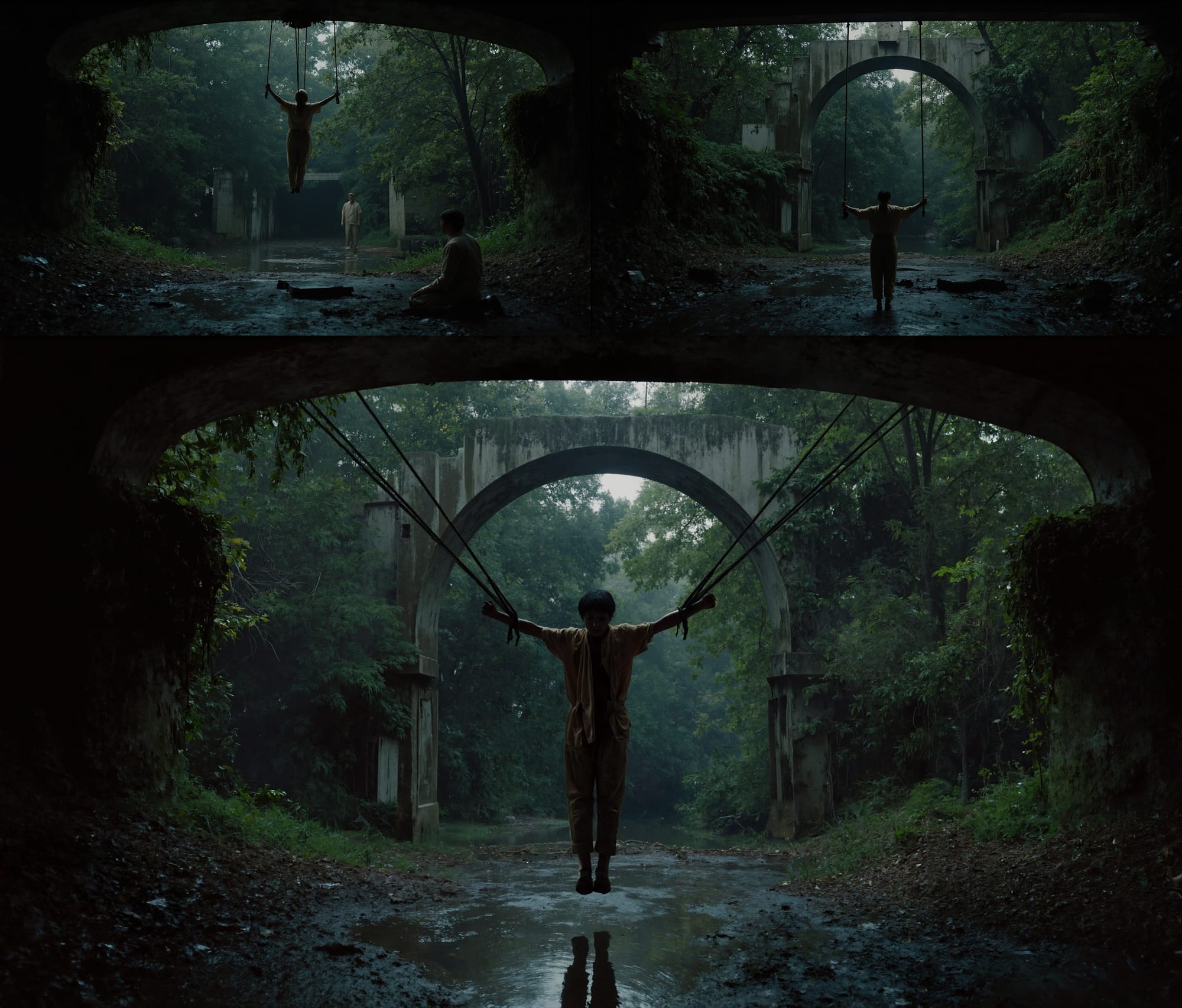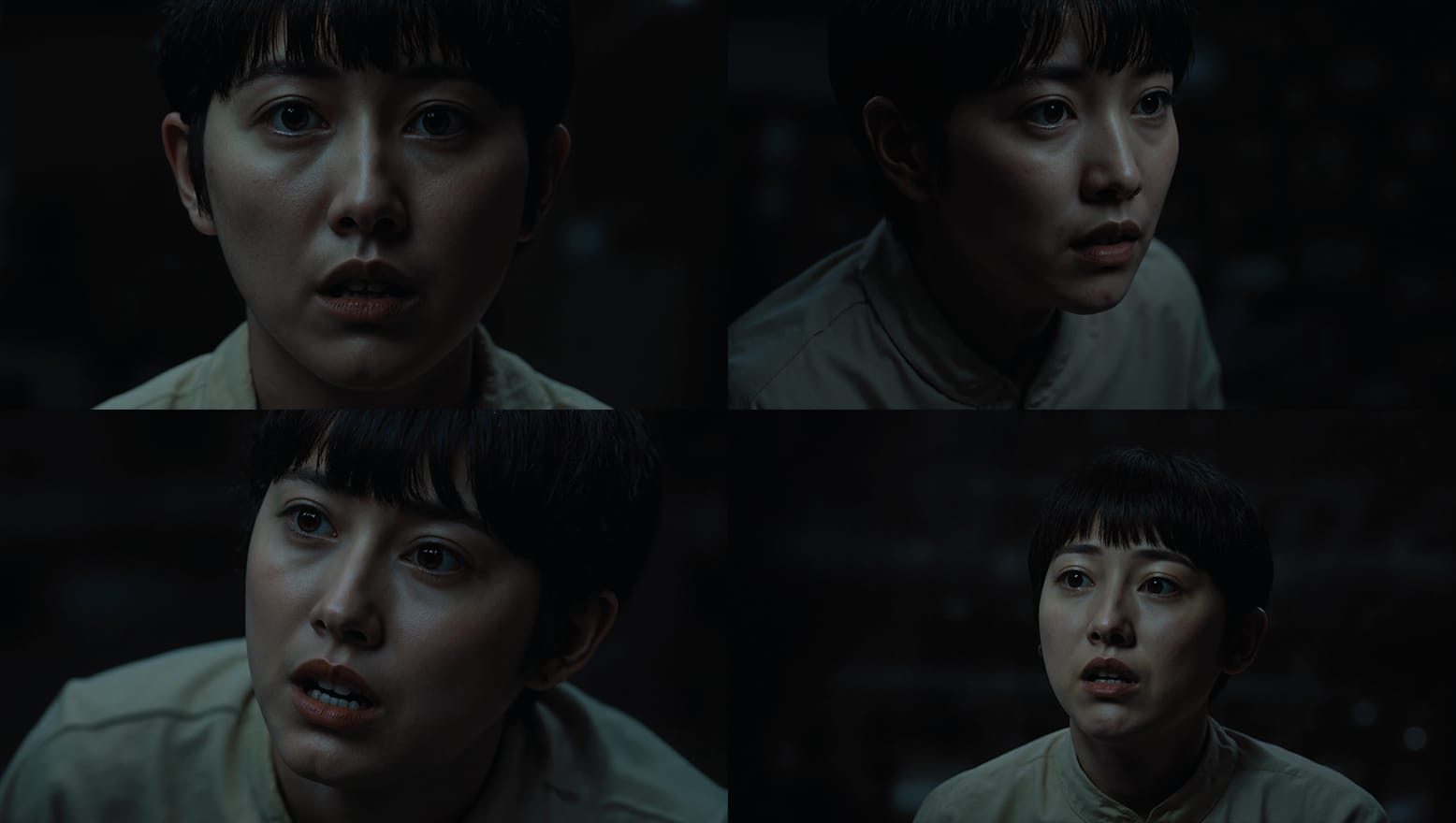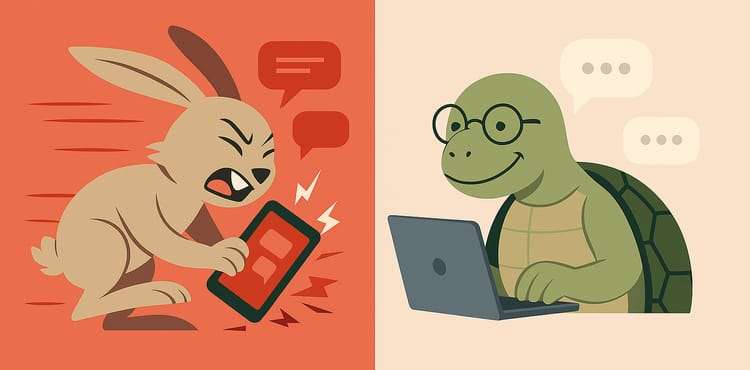Crafting Ava - an AI Short Film

Chapter One: Let There be Light.
As Ava is brought back to life, memories resurface, revealing a haunting truth.
When I started working on Ava, I wanted to see what kind of film I could create using only AI tools. People often talk about AI filmmaking in terms of speed, about how quickly they can put something together. But what’s the point? I didn’t mind if the process took time. What’s important for me is the story. I wanted to craft each frame with meaning and emotional depth.
And that’s where things started to get somewhat challenging.
Creating a World Piece by Piece
AI image generation is often unpredictable. It’s like playing a slot machine, where every pull gives you something slightly different. I wanted more control. I wanted consistency.
Together with Caroline Kiessling I started by building my own image generation workflow using ComfyUI with FLUX as a base. This gave me an initial level of control. I then added my own photography to guide the light and style and make it more personal and consistent.
Creating the environments still was not easy. Having different camera angles of the same scene and making them feel like they belong together, like they exist in the same world, took effort. I used prompts together with pose references and sheets to push the compositions in the right direction. But AI often reinterprets or resists.
This process made me cheat for some scenes by upscaling sections from wider shots I had already created and using them as close-ups or jumping over the camera axis to feature a part of the environment that hadn’t been established yet. And although I was often struggling to create a frame exactly as I envisioned it, sometimes I was surprised by random happy accidents that led to entirely new frames or compositions. Most of the time, this was rather frustrating, but sometimes it felt exciting.
In the end, I refined the shots in Photoshop, making them look as real and accurate as possible. And the more I worked on them, the less it felt like I was creating something, and more like I was fixing mistakes and cleaning up some of the AI mess.

At this point, I had as much control as I needed and achieving consistency seemed doable, but for sure, it was a lot of work.
Conjuring Ava
To shape Ava into a cohesive character, Caroline and I trained a custom LoRA model using initial generated character images and we then added it to the custom workflow. Using the LoRA, although again I had to deal with the occasional randomness, was fairly straightforward and worked quite well. But soon, I had to deal with something I wasn’t expecting.

The more scenes I visualized, the more the line between this fictional story and my creative process itself began to blur. Ava, as a character, exists entirely because I created her. She has no agency, no voice beyond what I give her. The story paints a world where artificial humans are controlled and exploited, and as I shaped Ava’s journey, I started feeling an odd sense of guilt. I was placing her in these situations. I was pulling the strings. Of course, she isn’t real, but the act of crafting a character and controlling every aspect of their existence started to mirror the themes of the film in ways I hadn’t expected.
The further I got into the process, the more I questioned where we’re heading. The ability to conjure digital humans, to place them in any scenario we want, is both fascinating and unsettling. As it becomes easier to mirror reality, how does this shift our responsibilities as creators?
AI gives us an incredible amount of power—but what do we do with it?


